Browse Sample Balance Sheet Templates and develop a tailored financial statement. Adjust, complete, sign, and share your balance sheets without holdups.

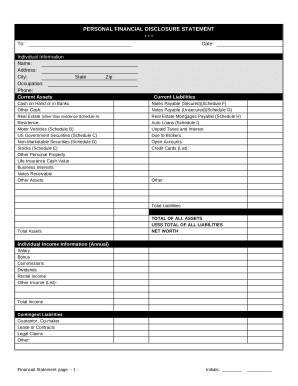
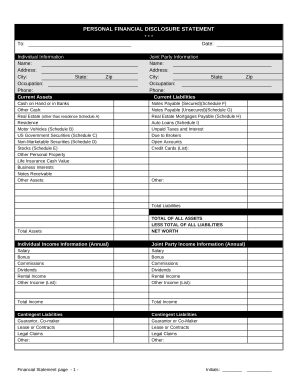
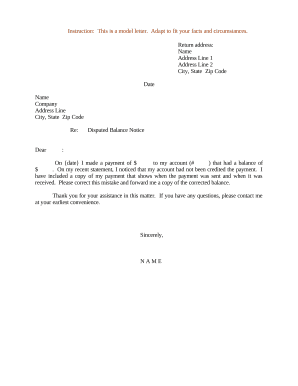
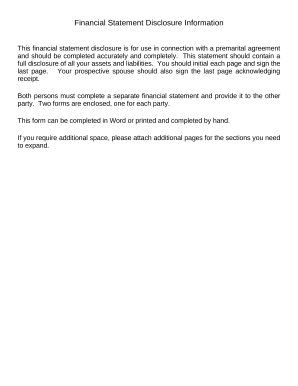
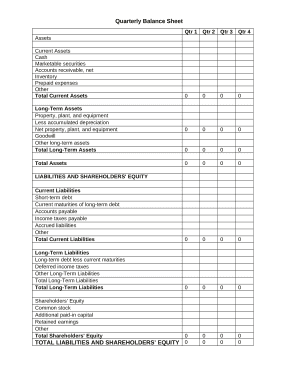



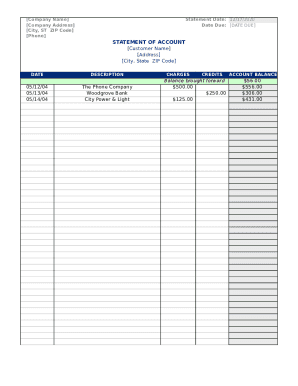
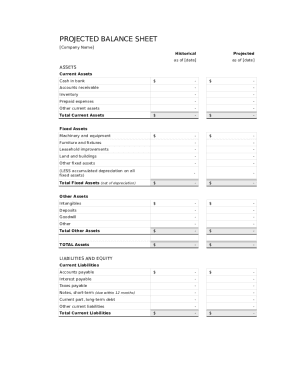



Your workflows always benefit when you can easily discover all of the forms and documents you will need on hand. DocHub provides a vast array of templates to ease your everyday pains. Get hold of Sample Balance Sheet Templates category and quickly find your form.
Start working with Sample Balance Sheet Templates in several clicks:
Enjoy easy file managing with DocHub. Check out our Sample Balance Sheet Templates collection and find your form right now!